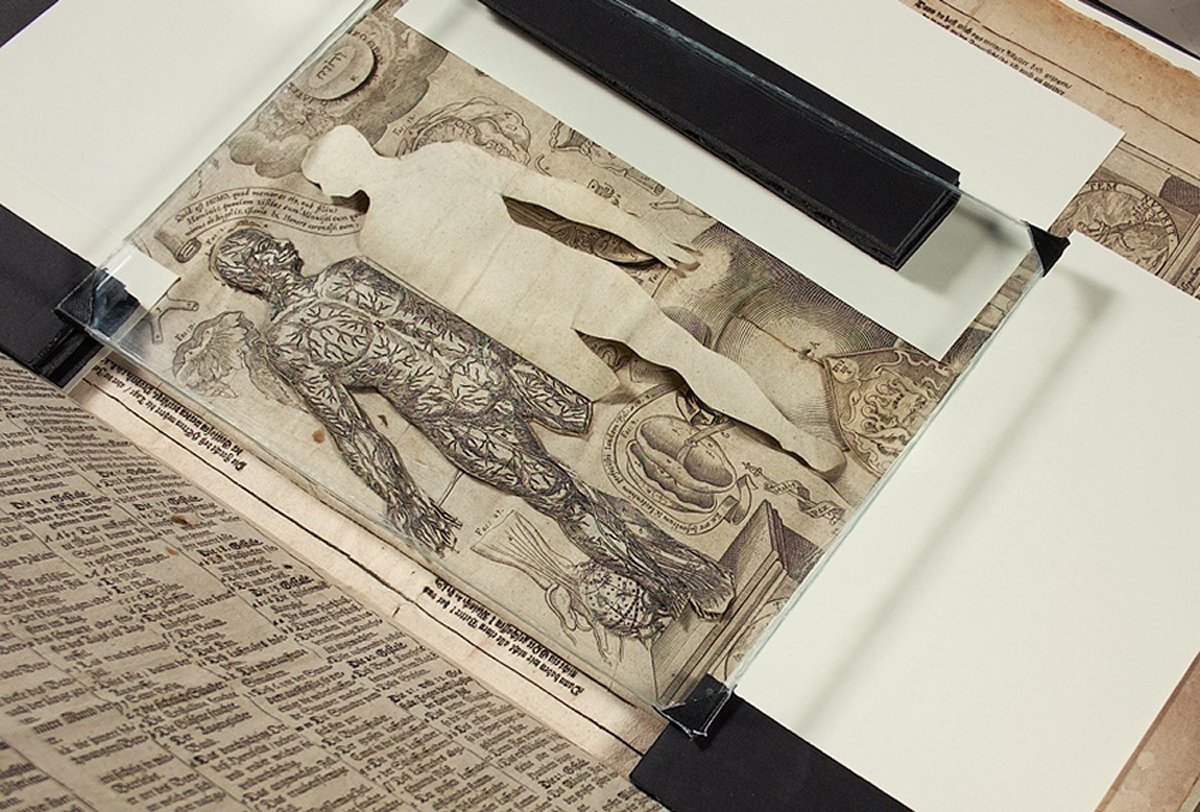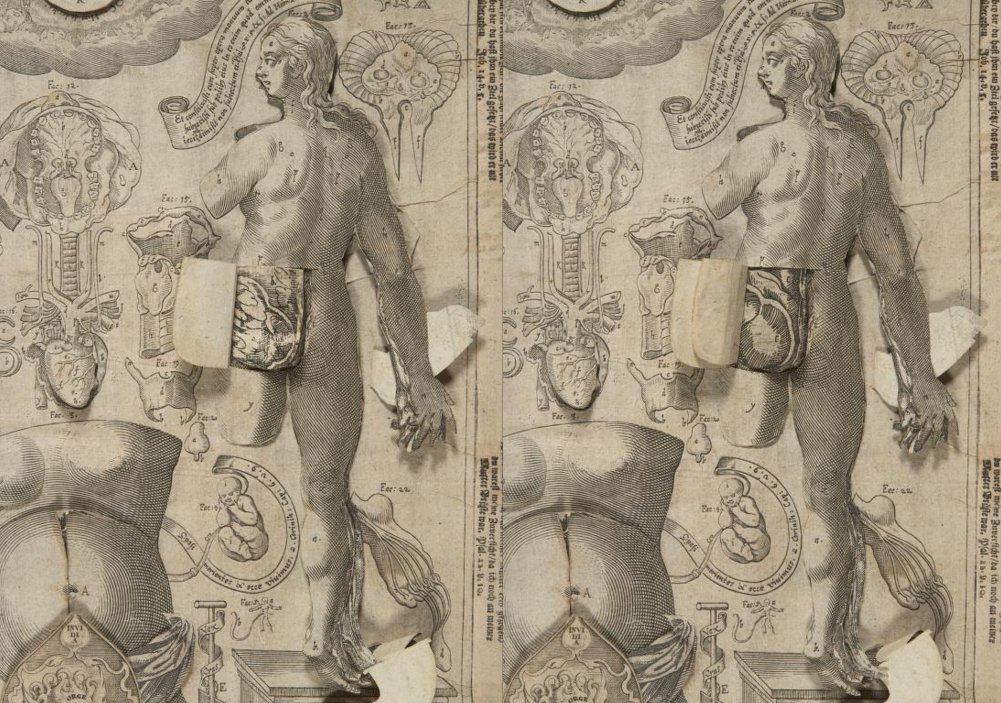MessageToEagle.com – Columbia librarians have digitized an important anatomical flap book, which is an early attempt to present the three dimensionality of the human body in the two dimensional format of this fascinating book.
Pop-up books are not modern invention (often for children) but they actually date back to the 11th century. These ancient books – interesting and full of knowledge – were devoted to detailed topics like astronomy and technology in three dimensions.

According to a press release, professional conservators at the Columbia University Libraries’ Conservation Laboratory have scanned and digitized all 120 flaps in the book, which is German translation of Johann Remmelin’s 1613 work “Captoptrum Microcosmicum”, originally published in Latin in 1613.

Remmelin (1583-1632) designed male and female paper figures using a series of overlapping flaps to illustrate the successive layers of the human body.
Intended more for the curious layperson than the medical student or physician, Remmelin’s work was a popular science best-seller of its day. It was reprinted numerous times throughout the 17th and 18th centuries and translated into Dutch, French, and German.
The three plates show a man and woman together along with the abdomen of a pregnant woman; a man alone; and a female alone. There are almost 120 flaps in total. Though this is a later edition, the plates appear to be identical with those in the first edition of 1619.
Conservators reduced a dark stain that obscured the text and caused embrittlement of the page, carefully flattened many of the individual flaps and mended because they were tangled and could have easily become torn during use.
The book was rebound and the old binding was stabilized and saved so that it will be available for future study.
With the assistance of Columbia’s conservators, imaging staff used special tools such as spatulas and fine tipped brushes to gently lift the flaps and then place the glass over the section.
The glass rested on supports about an inch tall which prevented the glass from flattening the flaps against the page. The image was then taken through the glass from above. Opening the flaps and placing the glass required at least three, sometimes four, staff members.
Conserving and imaging the Remmelin is part of an ongoing project to restore and repair the larger quarto and folio rare books held by the Health Sciences Library’s Archives & Special Collections.
MessageToEagle.com
source:
Columbia University Medical Center






